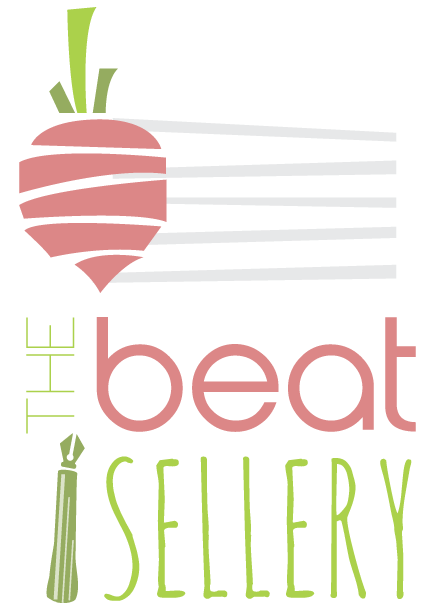Favorite pieces: All Ye Young Sailors
/Another of my favorite pieces for 2nd year band is Pierre La Plante's All Ye Young Sailors, an arrangement of the sea chantey "Blow the Man Down." Of course, the moment the students hear the melody, they recognize it as the theme from Spongebob Squarepants. Since I'm not a fan of the show, why do I like the piece?
Melody
While some composers and styles minimize melody, most people (and that includes most students) thrive on good melodies. Recognizable, hummable melodies stick with band students for days, weeks, and months (and yes, years for some), so great tunes are high on my list of priorities when I select music. La Plante's skillful scoring provides every section with the opportunity to play at least part of the melody, so even the low brass players and saxophones have a chance to shine.
Time Signature and Rhythm
There aren't as many pieces in 6/8 for young band as ones in 4/4. All Ye Young Sailors has a great mix of beginning 6/8 rhythms, and there is just the right amount of independence in the parts. Note and rest values include eighth, quarter, dotted quarter, and dotted half. There are no offbeat entrances. Some instruments play a staccato quarter (or a single eighth) followed by an eighth rest (or two), but everything else looks pretty much like the early exercises in 6/8 from common method books. The most complicated section rhythmically is a round at the end.
Compositional Techniques
The round at bar 41 is not the only cool compositional technique in the piece. The melody travels between sections in two bar segments as a call and response (for instance, 13-21). There is an example of stretto at 19. Trumpet 1 plays an augmented version of the melody at 23. I don't dig into all of these with my sixth graders, but I'll spend at least some time on the ways La Plante disguises the melody. After all, knowing who has the melody is an important part of playing your own part, no matter what you have!
Be Prepared
I always start working on All Ye Young Sailors with a review of 6/8 in the book and then take brief sections of the piece with the ensemble. We may speak or clap some parts before playing them as well. If a group is doing well with 6/8, they can likely get through the whole piece on the first read-through, but watch out for the tempo changes at 35 and 37. I typically conduct 35-36 in 6 and watch the flutes carefully--once they can play their eighth notes with me, I make sure the clarinets and saxes are watching and listening to sustain their pitches. Good cues at 41 and following for the round are also important.
If you're interested in purchasing All Ye Young Sailors, doing so through the affiliate link below benefits my school.
 look inside
look inside
|
All Ye Young Sailors Composed by La Plante. Score. Published by Daehn Publications (DH.DP2509-SC). |



